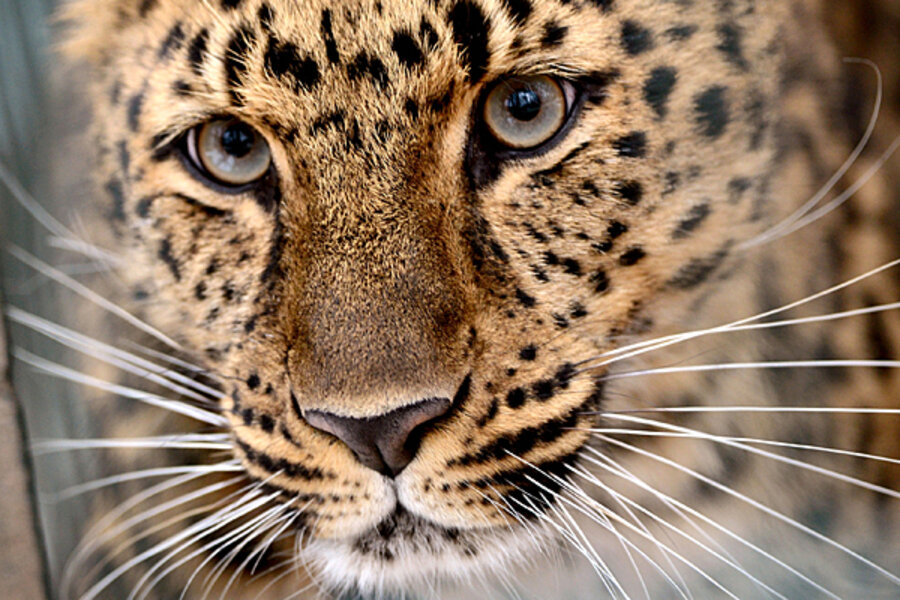Indiana leopard: Since when did leopards live in Indiana?
Loading...
No, that headline isn't a typo. It really says "Indiana leopard," and not "Indian leopard."
Your double-take is completely understandable, though, as leopards are not native to the Hoosier State. The nine known subspecies of leopard make their homes in Africa and across Asia, the largest habitat of any species of big cat. But definitely not Indiana.
Or so we thought. According to news reports, a Charlestown, Ind., woman and her boyfriend spotted a large cat in the woods at the edge of her property. Fearing for the safety of the woman's housecats after several pets in her neighborhood had been attacked, the boyfriend shot and killed the animal Thursday, thinking it was a bobcat.
It wasn't. It was a much bigger cat.
"The cat in these photographs has been identified tentatively as a leopard," said an official with the state's Department of Natural Resources told a local news station. "Perhaps an immature cat about 9 months old. DNR is attempting to determine who it belonged to, or where it came from. In any case, it would be someone's pet, since leopards are not native to Indiana, or for that matter, to North America," the official added.
DNR officials are now investigating where the animal came from. The owner of a nearby wildlife refuge center said that all of his animals were accounted for.
Owning a leopard in Indiana is legal, but you need to have a permit.
Would the leopard have eaten the woman's cats if given the chance? Leopards are opportunistic hunters, dining on everything from insects to antelopes, as well as rodents, birds, reptiles, and some primates.
Domestic cats and leopards are part of the same taxonomic family. So would that make a leopard eating a cat the equivalent of a human eating a gorilla? Perhaps, but such semi-cannibalism is common in nature. Dogs sometimes eat foxes. Wolves sometimes eat dogs. And, indeed, humans sometimes eat gorillas. Perhaps the woman was right to be concerned.
In general, it's a good idea to be circumspect in the presence of large felines, especially in Indiana. On Friday, a worker cleaning a cage at a wildlife refuge in Center Point, Ind., was mauled by a tiger after forgetting to close a gate. Her co-workers managed to free her from the tiger's jaws, and she is now recovering.






